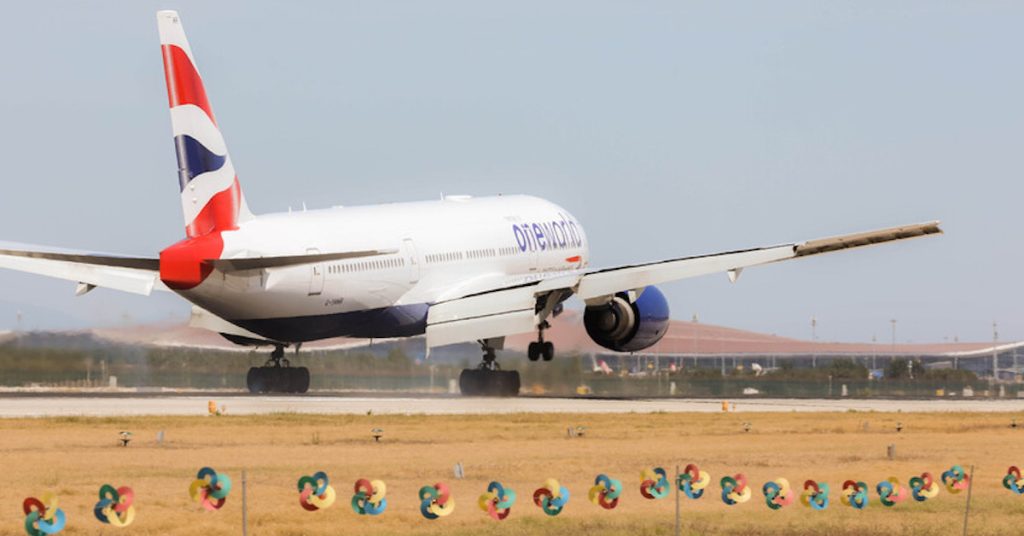British Airways announced a significant change to its flight operations this week. The carrier will suspend its service between Heathrow and Beijing from 26 October 2024.
The decision comes only 14 months after flights resumed, leaving many passengers seeking alternatives or refunds, as the operational challenges continue to mount.
Reasons Behind the Suspension
The primary reason cited for this suspension is the prohibitive operational costs linked to rerouted flights avoiding Russian airspace. Such detours significantly extend flying time, elevating expenses for fuel, crew time, and aircraft utilisation. Notably, British Airways follows similar actions taken by Virgin Atlantic, which also suspended its Shanghai route due to analogous issues.
Flight paths avoiding Russian airspace increase flight durations, with BA noting the London to Shanghai flight is an hour longer and returns are two hours longer. This results in extensive operational burdens, requiring more resources to manage the extended flight times and increased staffing needs.
Impact on Passengers
Passengers affected by this route suspension have been directly contacted by the airline. They are offered rebooking options on alternative flights or asked if they prefer a full refund. Customer service teams are actively assisting travellers in re-adjusting their travel plans.
BA’s service to and from Beijing had been operating four times weekly, leaving a notable gap for those who frequented this route. The suspension is expected to last until at least November 2025, necessitating long-term adjustments for regular travellers.
Broader Industry Implications
The inability to utilise Russian airspace has significantly reshaped long-haul travel logistics from the UK. This scenario underscores the geopolitical factors impacting commercial aviation, forcing airlines to rethink strategies and resource allocation.
The aviation industry is facing a period of recalibration. These airspace restrictions have prompted UK carriers to weigh cost implications heavily, potentially leading to more route suspensions or frequency reductions in other regions as well.
Continuation of Other Services
Despite the cessation of the Beijing service, British Airways remains committed to its Asia operations with daily flights to Shanghai and Hong Kong still active. This commitment highlights BA’s strategy to concentrate resources where demand and feasibility align best.
The airline’s ability to maintain its services to these significant markets indicates a prioritisation of routes deemed financially sustainable, even amid challenging operational landscapes.
Historical Context
British Airways resumed its flights to Beijing in June 2023 after a pandemic-related suspension in January 2020. This recent halt marks another significant operational pause within a short timeline.
With historical precedence of route suspensions, BA mirrors a broader industry challenge of balancing operational viability with market presence. The direct London-to-Beijing flights had served as a vital link for business and tourism exchanges.
Looking Ahead
The current suspension is projected to last until November 2025, during which BA will continue assessing the situation. This planned pause aligns with the airline’s broader adaptation strategies in response to ongoing global challenges.
Such strategic interruptions are anticipated to facilitate better adjustments in cost management, enabling BA to navigate the complex interplay of international aviation regulations and operational demands.
Alternative Options for Travellers
Travellers seeking to fly between the UK and Beijing during this suspension period will need to consider alternative routes or carriers. Connecting flights through other European or Asian hubs could provide viable solutions, although possibly at increased travel times and costs.
The suspension of British Airways’ Heathrow-Beijing service underscores broader operational challenges faced by the aviation industry. Airlines continue to navigate complex geopolitical landscapes, influencing route viability and strategy adaptation.

